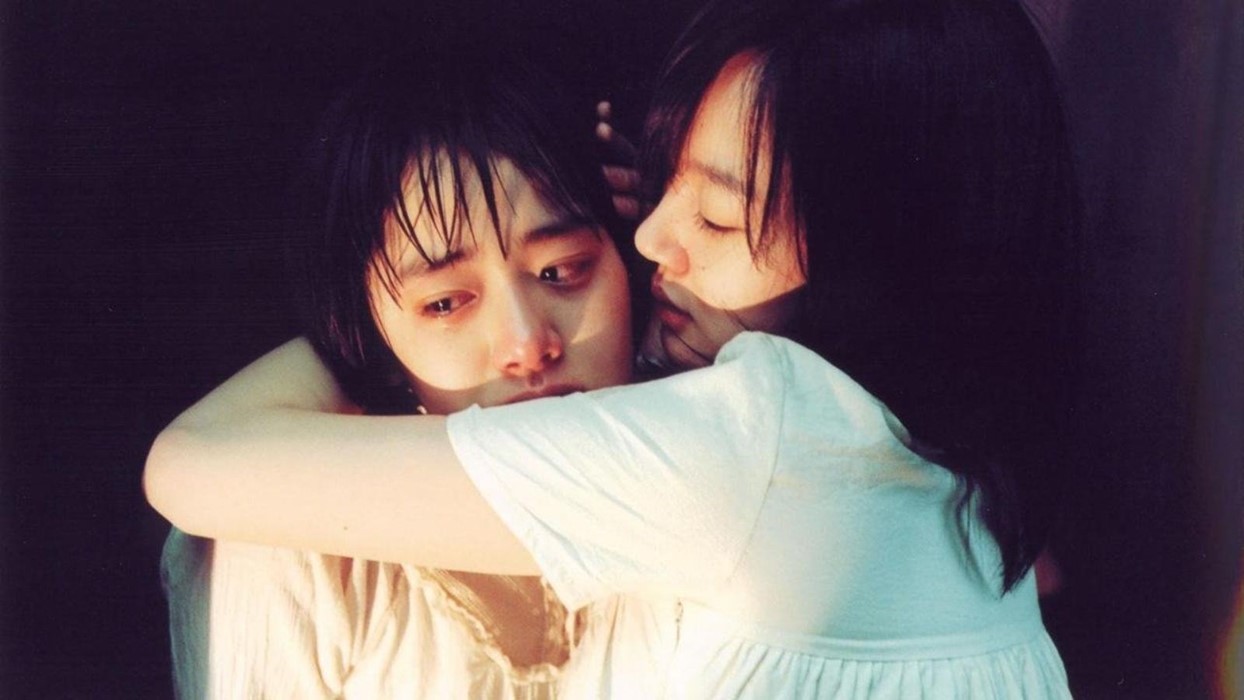Surreal comedies, gothic horrors and “kimchi” westerns: we pick five must-see films from the South Korean filmmaker’s versatile oeuvre
The 21st-century South Korean cinema revolution has catapulted directors Bong Joon-ho (Parasite, Memories of Murder) and Park Chan-wook (Oldboy, The Handmaiden) into the global consciousness. And while the name Kim Jee-woon might not be as immediately recognisable as the aforementioned, he undoubtedly completes the trifecta of South Korean directors who are responsible for putting “Hallyuwood” on the map.
Gliding camerawork, rich set design and complex characters are at the heart of Kim deeply visual storytelling – which has, across the past 25 years, attracted considerable attention from Korean film awards ceremonies as well as major international events. But it is the constant re-inventing of his own film language that makes him such an enduring cinematic presence. Put simply, Kim never makes the same film twice, choosing instead to traverse a multitude of eras, styles and genres with remarkable dexterity.
Be it surreal comedy, “kimchi western”, revenge thriller or psychological horror, Kim’s mastered the brief, resulting in a dynamic and stylistic canon of work that often draws parallels with Quentin Tarantino. And like his Hollywood counterpart, he also has a knack for drawing premiere acting talent, with some of Korea’s most recognisable stars forming the crux of his casting pool (including Oldboy’s Choi Min-sik and Parasite’s Song Kang-ho).
Kim’s forthcoming Apple TV+ series Dr. Brain – a sci-fi thriller about a scientist who uses new technology to access the memories of his dead wife – is set to become the platform’s first Korean-language production when it premieres later this year. And with Arrow Films re-releasing the director’s much-lauded 2003 horror film A Tale of Two Sisters on August 16th, a retread of Kim’s thrilling and chameleonic cinema highlights couldn’t be more timely.
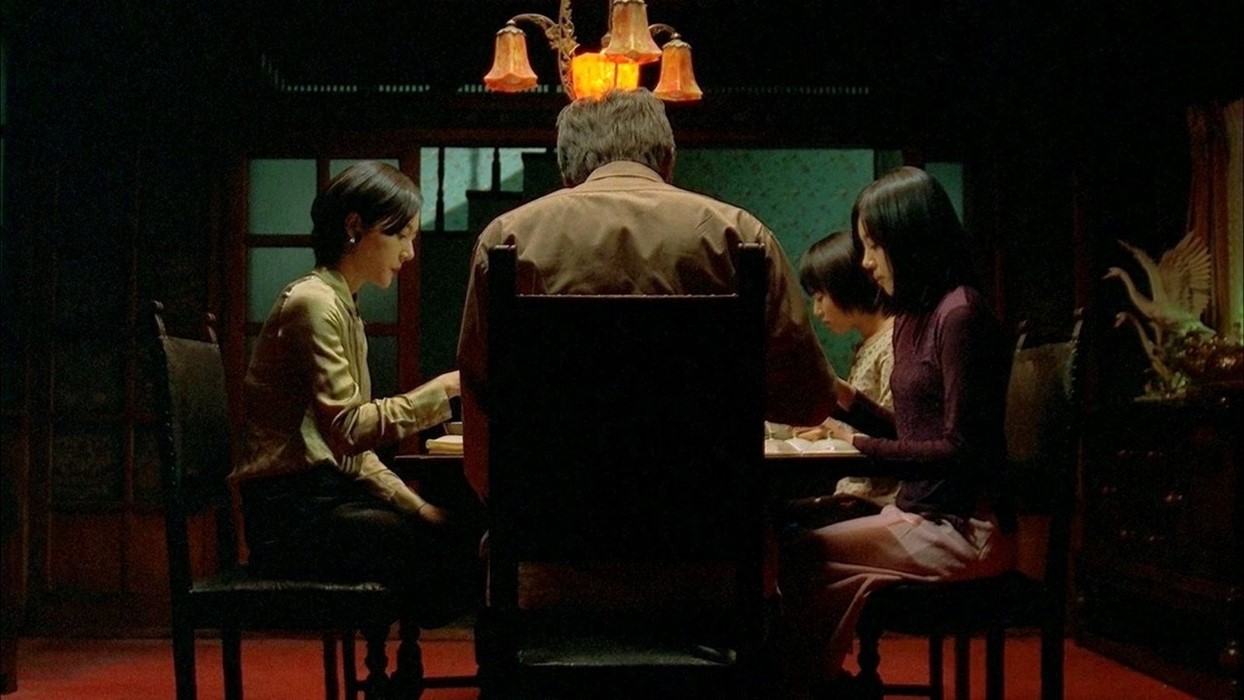
A Tale of Two Sisters, 2003
Set in a remote and Gothic manor, psychological horror A Tale of Two Sisters riffs on classic horror films like The Shining, The Innocents and even J-horror staple Ring. In it, two siblings returning from a mental institution contend with a wicked stepmother, ghostly apparitions, and, most significantly, their own personal traumas. And while the film’s infallible, labyrinthine set design marks it out as one of Kim’s most visually sumptuous works, a tightly-spun plot full of twists and secrets matches that verve every step of the way.
Unlike other films in the director’s canon, A Tale of Two Sisters is a film all about the female players. Both Yum Jung-ah, who plays stepmother Heo Eun-joo, and Im Soo-jung, who portrays disturbed sister Su-mi, were nominated for acting prizes at the Blue Dragon Awards that year – with the latter winning Best New Actor. Composer Lee Byung-woo, meanwhile, whose elegant music greatly elevates the film’s eerie atmosphere, would later collaborate with Bong Joon-ho on 2006 monster movie The Host and 2009 thriller Mother as his career took off in the wake of the film’s release.
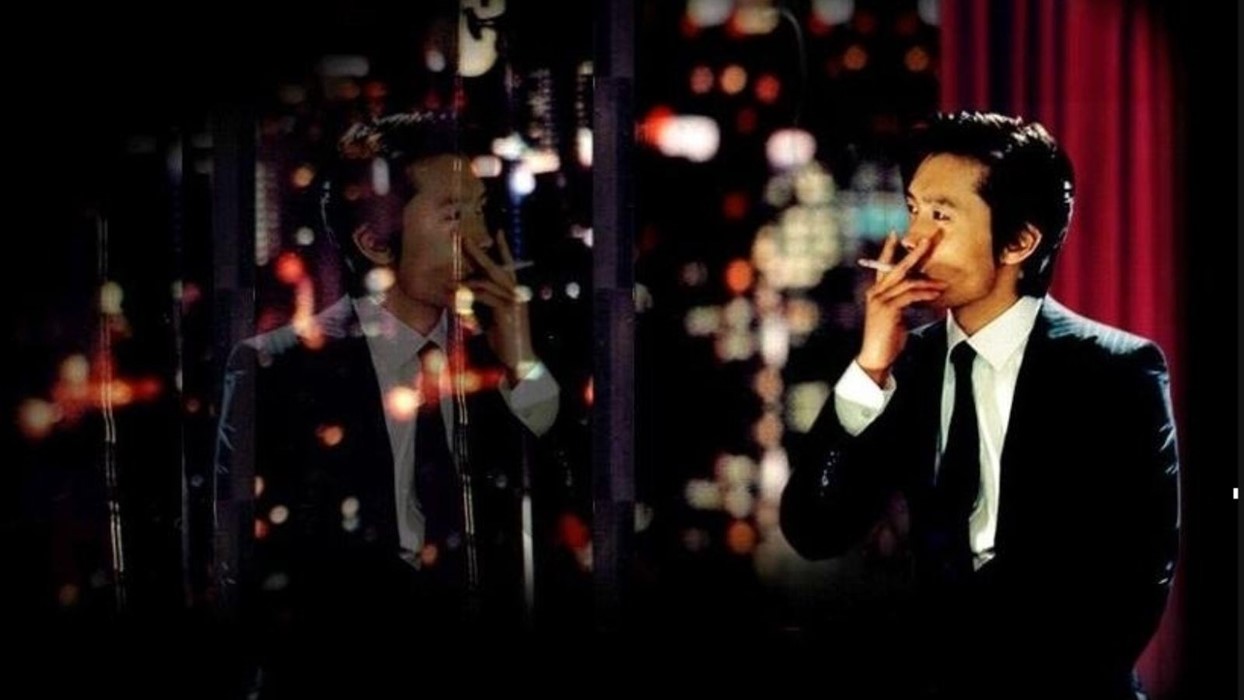
A Bittersweet Life, 2005
Smartly-dressed mob enforcer Sun-woo (Lee Byung-hun) is tasked with shadowing his boss’s mistress as a means to investigate her fidelity. But when he discovers the cello-playing starlet having an affair with a young man, the reticent gangster is left with a moral dilemma: follow orders and kill the two innocents, or betray his all-powerful superior and let them go free? Sun-woo chooses morality over duty, having become enamoured by the music he hears the young woman performing and its lure of a more peaceful existence. But his mercy comes at a great cost.
A dynamic, noir-ish thriller that riffs on the heroic bloodshed films of John Woo, Kill Bill and even Leon: The Professional, A Bittersweet Life is one of the great gems of Korean action cinema. Lee Byung-hun is magnetic in the lead role as a solitary killing machine – foreshadowing his Hollywood role as the T-1000 in Terminator: Genisys as brutal beatings, bloodbaths and bullet ballets are delivered via extravagant camerawork in tight spaces. But it is the repressed sense of humanity, veiled behind Sun-woo’s exterior posture, that provides the film’s captivating emotional anchor – summed up by the opening shot of a tree swaying in the wind as much as it is by Sun-woo shadow-boxing with his reflection, alone, in the window of an empty skyscraper at the close.
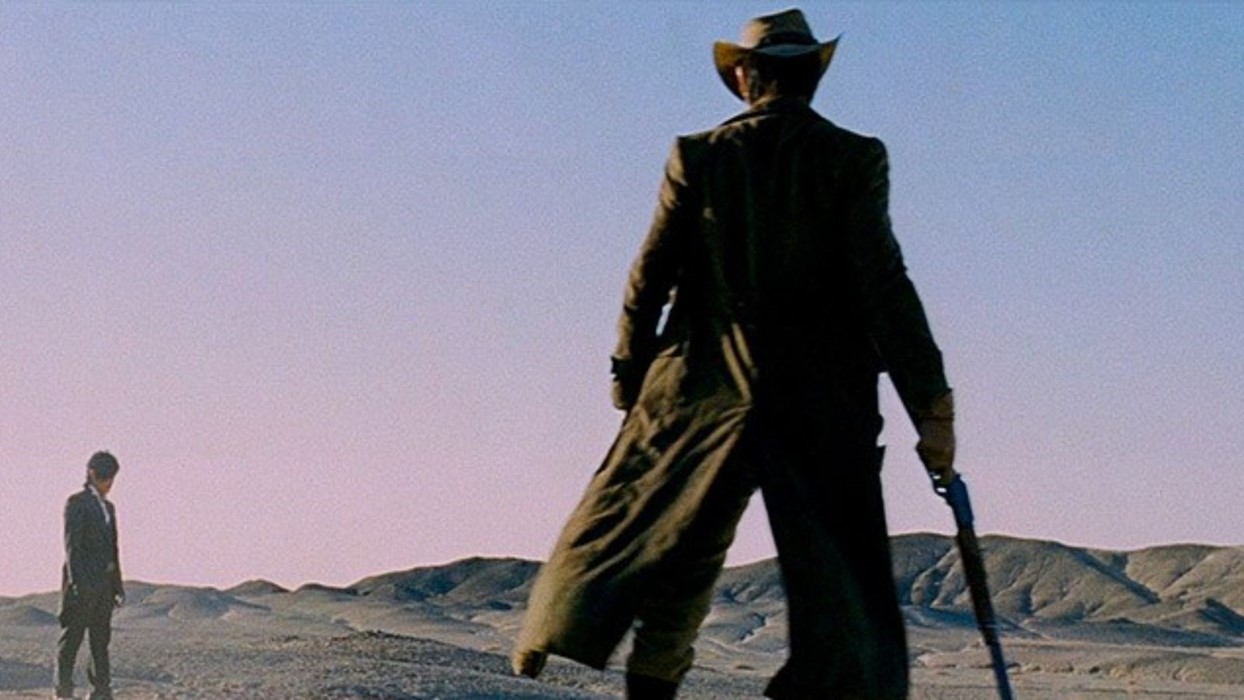
The Good, The Bad and The Weird, 2008
With its gunslinging bounty hunters, dustbowl wasteland setting and a soundtrack combining surf music, Spanish guitars and even cuts from Tarantino’s jukebox, The Good, The Bad, The Weird is about as close Korean cinema has ever got to going full-on Hollywood. As the title makes plain, this is Kim’s answer to the Sergio Leone spaghetti western – except, instead of Clint Eastwood and a cache of gold in the American Civil War, it’s Song Kang-ho and Lee Byung-hun in 1930s Manchuria, hijacking trains and squabbling over treasure maps.
Mexican stand-offs, explosive set pieces and Mad Max-style motorcycle pursuits are the meat and bones of this rollercoaster ride, which traverses bustling bazaars and sandy plains at full throttle. But even beyond the extreme zooms and quickdraw chaos, The Good, The Bad, The Weird is a surprisingly effective adventure movie, bolstered by rich production values and a general emphasis on entertainment. It premiered at Cannes in 2008 and went on to win the Best Director award for Kim at the Blue Dragon Awards later that year.
Hawk-eyed viewers in 2021 will recognise the mallet-wielding, dreadlock-haired bandit who provides one of the film’s most enjoyable supporting roles. The role is played by Ma Dong-seok (aka Don Lee) – best known thus far for his role in critically-acclaimed Korean zombie movie Train to Busan. The actor makes history this year with the release of superhero ensemble Eternals, directed by Academy Award-winning filmmaker Chloé Zhao (Nomadland) – where he will perform opposite Angelina Jolie, Kit Harington and Salma Hayek as Marvel’s first-ever Korean-born superhero.
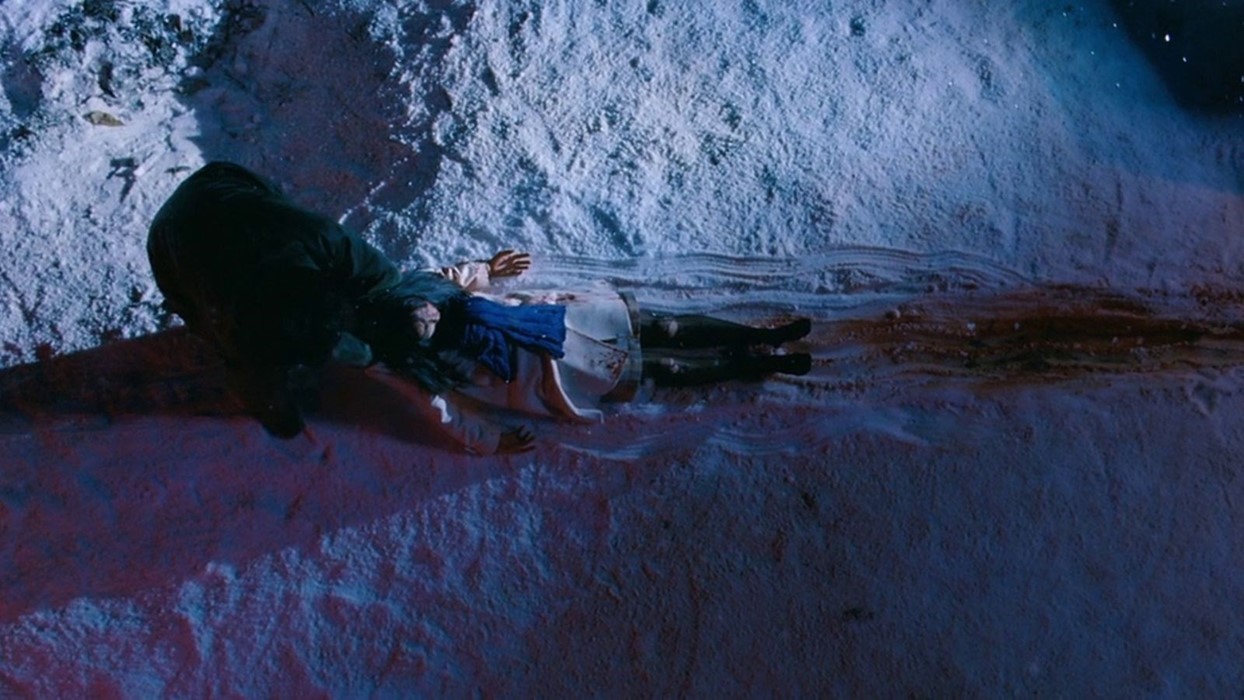
I Saw The Devil, 2010
Choi Min-sik plays a sadistic and psychopathic serial killer responsible for the murder of a police chief’s pregnant daughter in I Saw The Devil, Kim’s most grisly effort to date. It’s another powerhouse performance from the Korean superstar – and just as this intense portrayal betrays everything likeable about the hammer-wielding anti-hero he portrayed in Oldboy, so too does director Kim subvert the very foundations of the revenge thriller genre in this dark and brutal outing.
When police discover a severed head in a stream, secret service agent Kim Soo-hyun (Lee Byung-hun) – the grieving husband of the victim – becomes determined to inflict as much suffering on the still at-large killer. But unlike similarly-framed crime thrillers like David Fincher’s Seven, the mystery of the assailant’s identity is solved early on – with Kim and the murderous Jang Kyung-chul coming face-to-face before the end of the first act. With this climactic showdown occurring so soon, the audience is left to wonder where the film will go next. The answer is insinuated in a tense exchange between the two morally disturbed leads: “Your nightmare is only going to get worse.”
Kim was forced to re-cut the film three times before the Korean Media Rating Board were satisfied enough to release I Saw The Devil into cinemas – with roughly 90 seconds of footage depicting explicit violence, mutilation and cannibalism ending up on the chopping room floor.
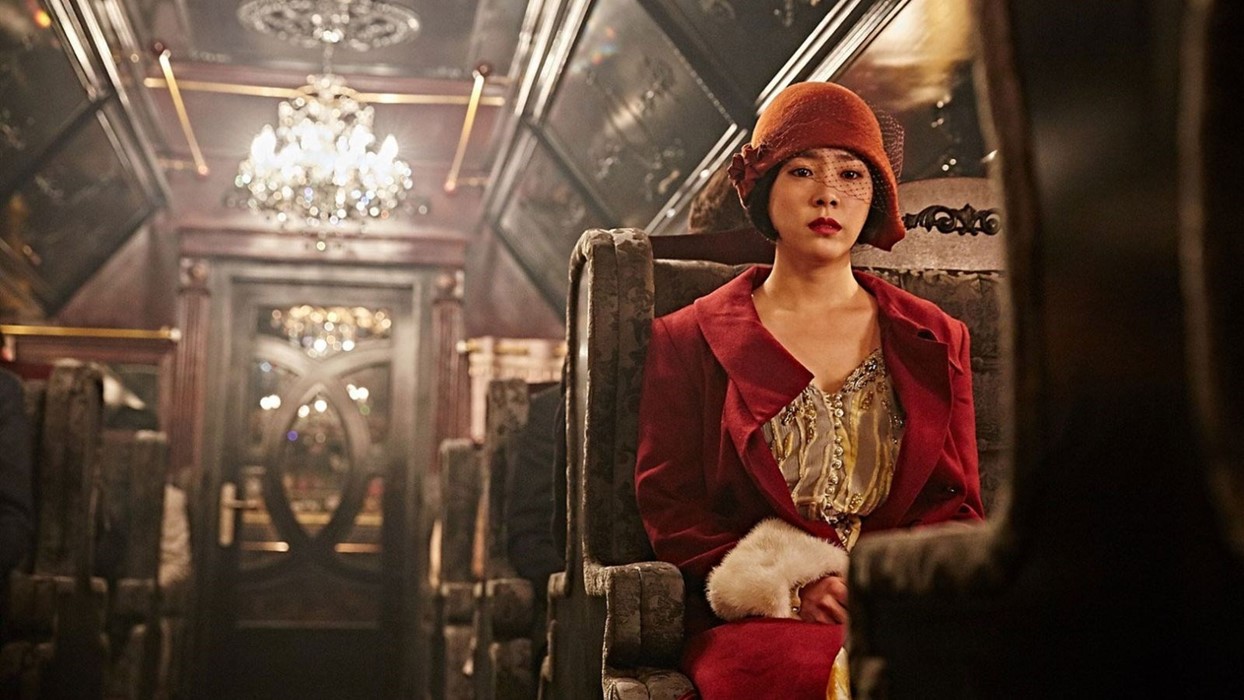
The Age of Shadows, 2016
Kim would later continue his versatile streak by jumping head-first into science fiction with 2018’s Illang: The Wolf Brigade (adapted from an anime film written by Ghost In The Shell director Mamoru Oshii), but before that he directed a career highlight in historical drama The Age of Shadows. The first-ever Korean Warner Bros. production is a suspenseful espionage thriller set in Japan-occupied Korea during the 1920s. It premiered at Venice Film Festival before being selected as South Korea’s official submission to the Academy Awards – and retains a coveted 100 per cent fresh rating on reviews aggregator site Rotten Tomatoes.
Song Kang-ho is the star once again, as a Korean defector and police bureau captain working for the Japanese, tasked with tracking down members of the Korean resistance who are planning an uprising against the colonial government. The hunt takes him to Shanghai, as he discovers that the cash-strapped resistance movement has been selling precious objects in order to purchase explosives to smuggle into Seoul. But as the two factions close in on one another, Lee is presented with a moral dilemma: “To which history will you add your name?”
A suspenseful cat-and-mouse chase between sadistic Japanese officers and explosives-smuggling freedom fighters aboard an Orient Express-style train is at the centre of The Age of Shadows, providing one of the most riveting set pieces in Kim’s entire canon. But beyond the dramatic face-offs and torture chamber interrogations, Kim’s dizzying crane shots, vivid settings and a myriad of double-crossing characters make The Age of Shadows a compelling ride from start to finish.
